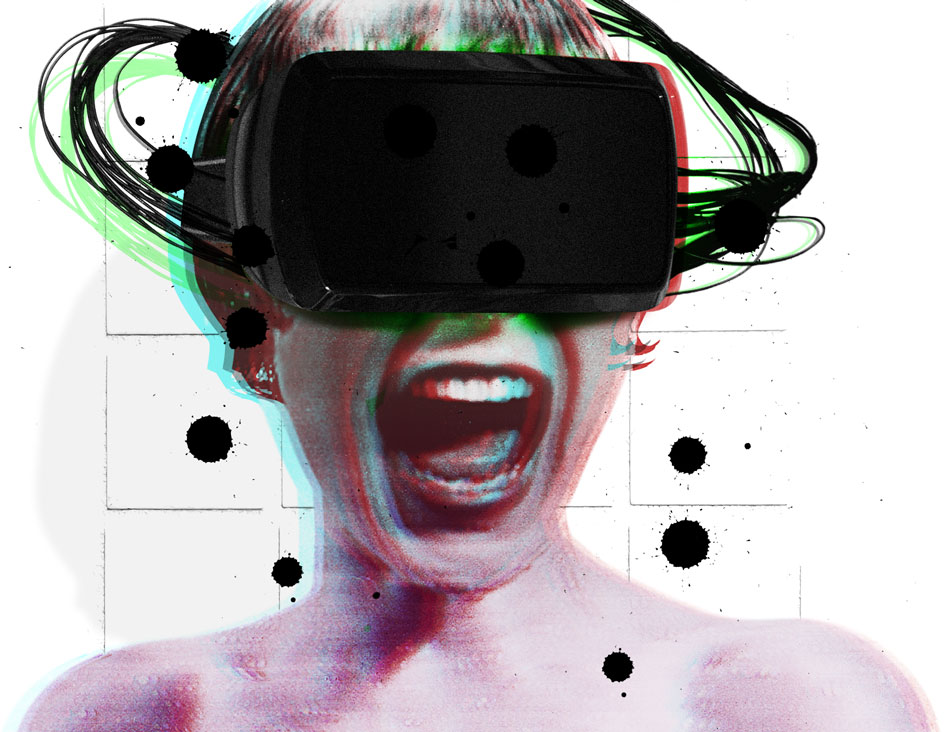VR Storytelling: Potentials and Limitations of Virtual Reality Narratives


Cinergie. Il cinema e le altre arti No. 19/2021
edited by Simone Arcagni and Adriano D’Aloia
The monographic section of Cinergie. Il cinema e le altre arti issue #19, co-edited with Simone Arcagni, arises from a need that has becoming increasingly acute in the past few years, namely that of closely examining the modes, practices, strategies, and forms of storytelling used in the various forms and experiences of Virtual Reality (VR) entertainment.
The question that we asked ourselves, and thus also the field of analysis that we wanted to open focuses primarily on two elements: first, on if and how cinematic narration can exist in VR; second, on what paths the development of a form of storytelling not directly tied to cinematic language might take.
The question of cinematic VR production has been on the table for several years. This is due to the peculiarity of VR language which, even if it is defined by an image that surrounds and immerses the viewer rather than placing them, as in the classic cinematic situation, in front of a screen, relies decisively on an audiovisual basis that cannot help but refer to cinematic practices of constructing visual and auditory experience. Despite this, it would be extremely reductive to consider VR as the mere transposition of elements of cinematic language. The VR medium is endowed with its own specificity, which inevitably impacts its forms of narration. We thus need to investigate the narrative forms it uses that are probably related to cinematic language, and draw their strength from the same basis, drink from the same well, but develop according to different trajectories, thus displaying different links and affinities.
The introduction to the monographic section outlines some of the principal transformations that VR is imparting to audiovisual language and experience, with a particular focus on the impact of these innovations on storytelling. The essays of the section span a variety of theoretical approaches and backgrounds, argumentative styles and case studies (e.g. documentaries, games, art), but all of them share a similar rhetorical attitude: underscoring the potential and novelty of VR but, at the same time, identifying a series of remediations and limitations. In particular, they will show that most of the contemporary discourses on VR need to be reframed critically in order to reflect more objectively on complex notions and dynamics such as screen, interactivity, immersion, presence, embodiment, illusion and empathy.
VR Storytelling: Potentials and Limitations of Virtual Reality Narratives
Simone Arcagni, Adriano D’Aloia
Tracing Embodied Narrative in VR Experiences
Szilvia Ruszev
Between Persuasion and Dissuasion: Narratological Meta-operativity in Augmented Experience Design
Federico Biggio
VR Stories of Travel and Exile: Forensic Storytelling and the Politics of Dynamic Framing
Blandine Joret
The Problems and Potentials of VR for Documentary Storytelling
Dirk Eitzen
Obsolescence, Forgotten: “Survivor Holograms”, Virtual Reality, and the Future of Holocaust Commemoration
Neta Alexander
Exploring Stories, Reading Environments: Flow, Immersion, and Presence as Processes of Becoming
Elisabetta Modena, Francesco Parisi
Directorial Style for Interactive Storytelling and the Fallacy of Ownership: The Case of Resident Evil 7
Nicolas Bilchi
Stage Magic as a Performative Design Principle for VR Storytelling
Christopher Maraffi
Traversing the Boundary of the Screen: Contextualizing the Influence of Cinema and Virtual Reality in Artificial Environments
Joseph Fischer
Contemporary Art and Virtual Reality: New Conditions of Viewership
Francesco Spampinato, Valentino Catricalà
A Journey into Artworks: Storytelling in Augmented Reality and Mixed Reality
Sofia Pirandello
Dreamlike Environments: “Story-living” in Virtual Reality Installations
Giancarlo Grossi
Image credit: http://cfccreates.com/news/vr-revolution